Megger MFT1735 Bruksanvisning
Läs gratis den bruksanvisning för Megger MFT1735 (6 sidor) i kategorin mätning. Guiden har ansetts hjälpsam av 25 personer och har ett genomsnittsbetyg på 4.0 stjärnor baserat på 13 recensioner. Har du en fråga om Megger MFT1735 eller vill du ställa frågor till andra användare av produkten? Ställ en fråga
Sida 1/6

The word ‘Megger’ is a registered trademark
MFT1735
User guide addendum
Megger Limited
Archcliffe Road
Dover, Kent CT17 9EN
England
T +44 (0)1 304 502101
F +44 (0)1 304 207342
Megger
4271 Bronze Way,
Dallas, TX 75237-1019
USA
T +1 800 723 2861
T +1 214 333 3201
F +1 214 331 7399
Megger
Z.A. Du Buisson de la Couldre
23 rue Eugène Henaff 78190
Trappes, France
T +33 (0) 1 30.16.08.90
F +33 (0) 1 34.61.23.77
Other technical sales offices
Toronto Canada, Sydney Australia, Mumbai india, Madrid Spain and the Kingdom of Bahrain.
Megger products are distributed in 146 countries worldwide.
This instrument is manufactured in the United Kingdom.
The company reserves the right to change the specification or design without prior notice.
Megger is a registered trademark
Part No. 2005-290
MFT1735_ad_en_V04
www.megger.com
Produktspecifikationer
| Varumärke: | Megger |
| Kategori: | mätning |
| Modell: | MFT1735 |
Behöver du hjälp?
Om du behöver hjälp med Megger MFT1735 ställ en fråga nedan och andra användare kommer att svara dig
mätning Megger Manualer
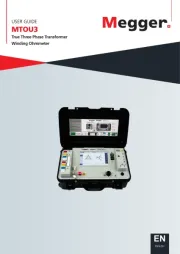
9 Augusti 2025

3 Augusti 2025
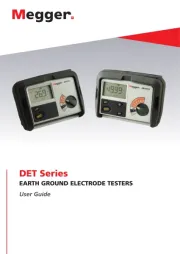
3 Augusti 2025

2 Augusti 2025

2 Augusti 2025

2 Augusti 2025
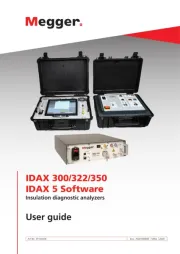
2 Augusti 2025

2 Augusti 2025
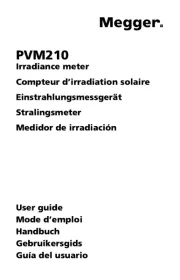
2 Augusti 2025
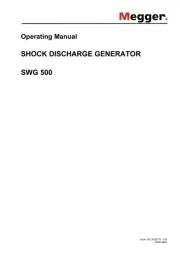
2 Augusti 2025
mätning Manualer
- Steinberg
- Teslong
- Sauter
- SRS
- Crowcon
- Extech
- Eastron
- Tektronix
- Kern
- NEO Tools
- MGL Avionics
- PeakTech
- PHABRIX
- PCE Instruments
- Rothenberger
Nyaste mätning Manualer

21 Oktober 2025
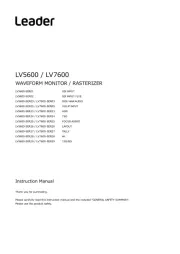
18 Oktober 2025
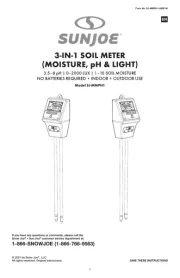
13 Oktober 2025
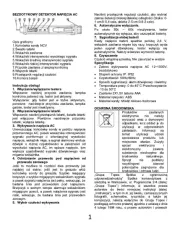
11 Oktober 2025
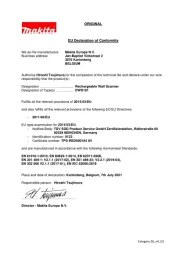
8 Oktober 2025
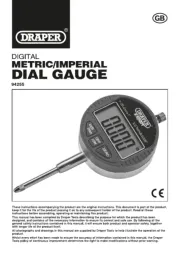
8 Oktober 2025
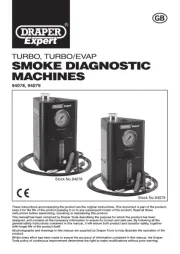
8 Oktober 2025
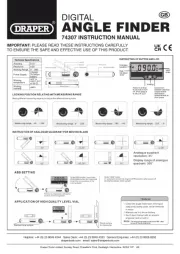
7 Oktober 2025
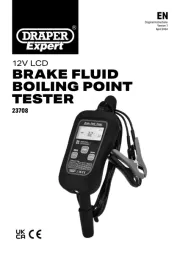
7 Oktober 2025
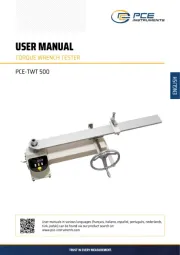
7 Oktober 2025